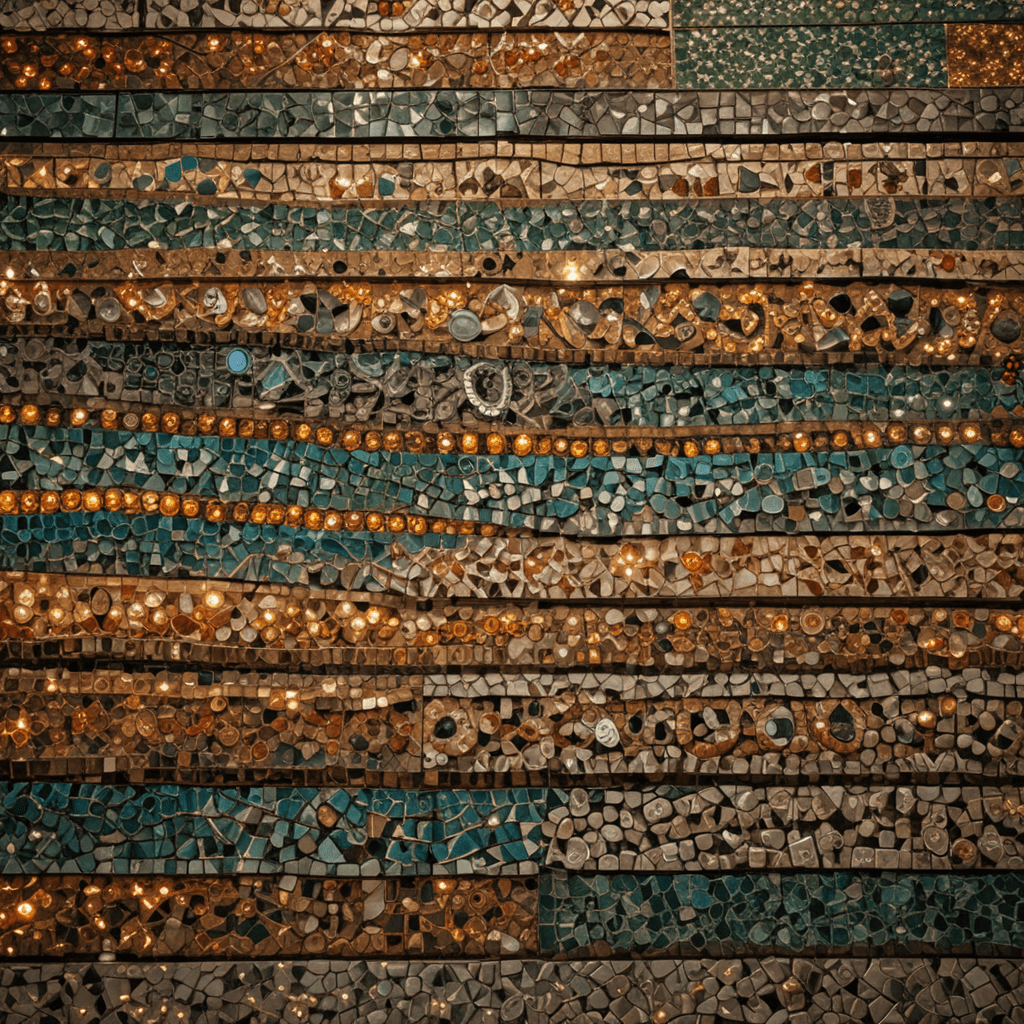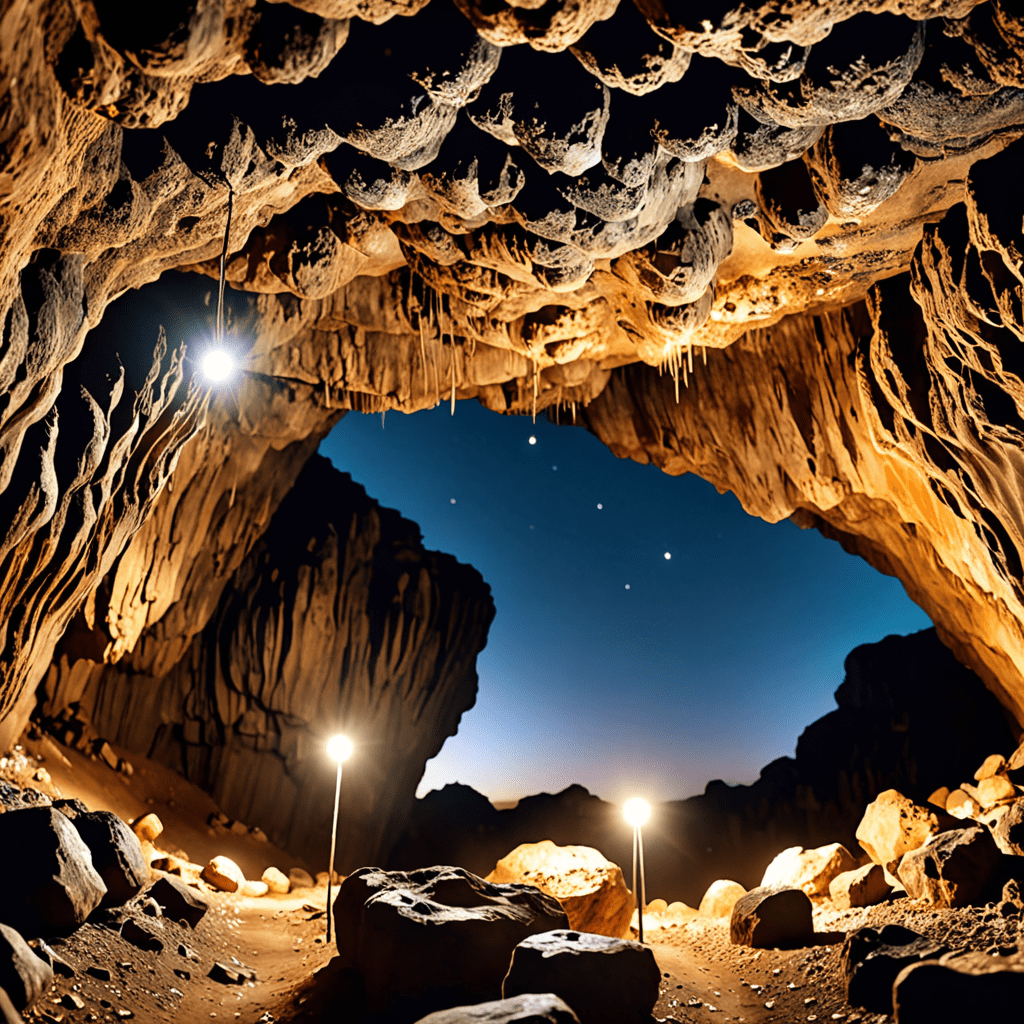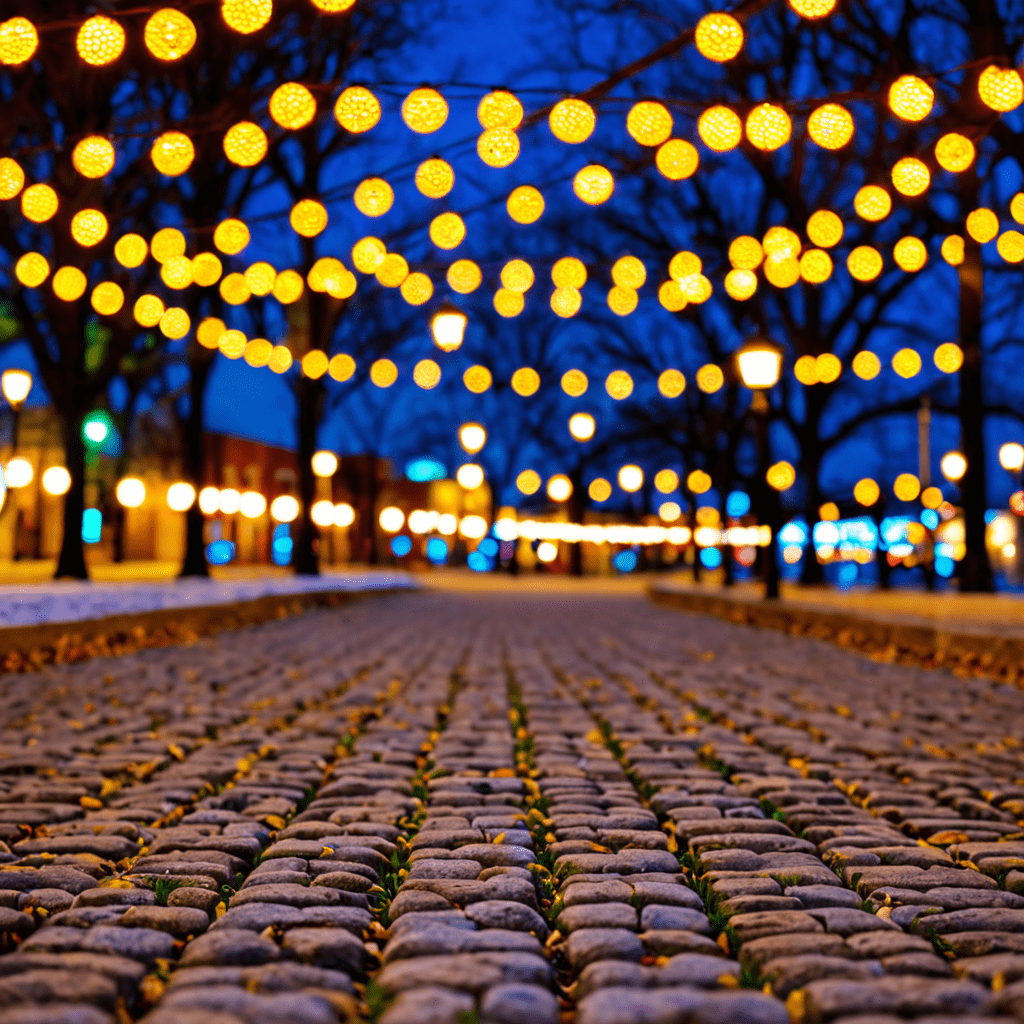
Introduction to Mosaic Making in Bangladesh
The art of mosaic making has flourished in Bangladesh for centuries, leaving an indelible mark on its cultural fabric. The fusion of local artistry with external influences has given rise to a distinctive and vibrant mosaic tradition in the country.
Historical Origins and Traditional Influences
The roots of mosaic art in Bangladesh can be traced back to ancient times, with the earliest known examples found in Buddhist monasteries. During the Mughal period, Persian influences led to the incorporation of geometric patterns and floral motifs into mosaics.
The Revival of Mosaic Art
After Bangladesh's independence in 1971, there was a renewed interest in reviving traditional arts and crafts. Mosaic making was among these, with artists seeking inspiration from both indigenous and international sources.
Contemporary Mosaic Artists and Their Techniques
Today, a thriving community of mosaic artists is pushing the boundaries of the art form in Bangladesh. They employ a diverse range of techniques, from traditional tesserae to modern materials such as glass, ceramics, and found objects.
6. Symbolism and Meaning in Bangladeshi Mosaics
Bangladeshi mosaics are often imbued with rich symbolism and meaning. Traditional motifs such as the lotus flower represent purity and enlightenment, while geometric patterns symbolize the harmony of the universe. Animals and plants are also commonly depicted, representing aspects of nature and the human experience.
7. The Role of Women in Mosaic Making
Women have played a significant role in the preservation and transmission of mosaic making in Bangladesh. They have traditionally been involved in creating mosaics for domestic and religious spaces. In recent years, women artists have gained recognition for their contributions to contemporary mosaic art.
8. Mosaic Art in Public Spaces and Architecture
Mosaics have become an integral part of public spaces and architecture in Bangladesh. They adorn mosques, temples, museums, and government buildings. The largest mosaic in Bangladesh, depicting the history of the country, can be found at the National Museum in Dhaka.
9. The Impact of Mosaic Art on the Cultural Identity of Bangladesh
Mosaic art has played a vital role in shaping the cultural identity of Bangladesh. It has been used to express the country's rich cultural heritage, religious traditions, and aspirations. Mosaics have become a symbol of Bangladesh's creativity and resilience.
10. Conclusion and Future Prospects
Mosaic making in Bangladesh continues to thrive, with artists exploring new techniques and materials while preserving traditional elements. The art form is expected to continue to flourish in the future, enriching the cultural landscape of Bangladesh and contributing to its reputation as a hub of creativity.
FAQs:
- What is the history of mosaic making in Bangladesh?
The roots of mosaic art in Bangladesh can be traced back to ancient times, with the earliest known examples found in Buddhist monasteries. - What are the common materials used in Bangladeshi mosaics?
Contemporary mosaic artists employ a diverse range of materials, from traditional tesserae to modern materials such as glass, ceramics, and found objects. - What is the significance of symbolism in Bangladeshi mosaics?
Bangladeshi mosaics are often imbued with rich symbolism and meaning, representing aspects of nature, the human experience, and cultural heritage. - What is the role of women in mosaic making in Bangladesh?
Women have played a significant role in the preservation and transmission of mosaic making in Bangladesh, and have gained recognition for their contributions to contemporary mosaic art. - Where can I see mosaic art in Bangladesh?
Mosaics can be found in public spaces and architecture throughout Bangladesh, including mosques, temples, museums, and government buildings.

